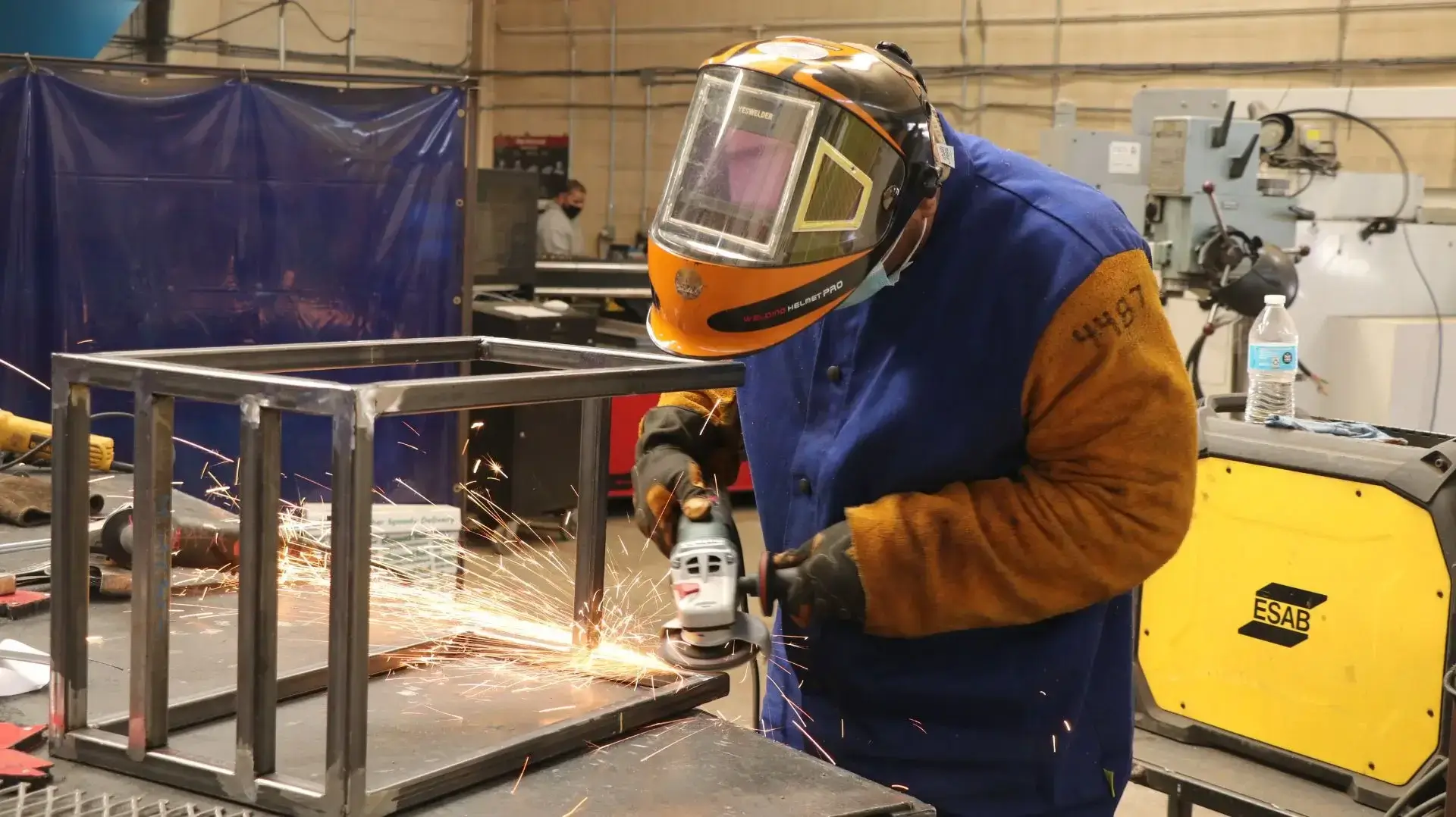Welding has long been an essential skill in various industries, contributing to creating structures, machines, and products we encounter daily. As technology advances, the demand for skilled welders increases, making a welding career attractive for many. To embark on this journey, individuals often enroll in welding programs to learn the nuances of different welding techniques. Let’s explore the importance of pursuing welding programs and some of the cleanest welding techniques taught in these programs.
offers a gateway to a dynamic and rewarding profession. Welders are crucial in the construction, manufacturing, and repair industries. As infrastructure projects and technological advancements continue to rise, the need for skilled welders becomes more pronounced. This surge in demand has led to the establishment of various welding programs tailored to equip individuals with the knowledge and expertise required to excel in the field.
Welding is not a one-size-fits-all skill; it encompasses various techniques suited to specific applications. In a welding course, students are exposed to multiple welding methods, such as MIG (Metal Inert Gas), TIG (Tungsten Inert Gas), Stick welding, and Flux-Cored Arc Welding. Understanding the nuances of each technique is essential for a well-rounded welding career.
TIG is a type of welding renowned for its precision and cleanliness. This technique utilizes a tungsten electrode to create a weld, with a separate filler material if needed. TIG welding is often preferred for projects requiring intricate and high-quality welds, such as aerospace applications and artistic metalwork.
Welding MIG is known for its efficiency and speed. It involves feeding a wire through a welding gun, which melts into the weld puddle to join the materials. MIG welding is widely used in industries where productivity is crucial, such as automotive manufacturing. The clean and consistent welds produced by MIG welding make it a valuable skill taught in welding programs.
Plasma arc welding is a type of welding that is a precise and versatile technique that utilizes a constricted plasma arc to weld materials. It offers superior control over the welding process, making it suitable for applications where precision is paramount, such as aerospace and electronics.
Oxy-fuel welding, integral to the welding course, utilizes fuel gases and oxygen for precise metal joining. These courses teach the art of controlled heat application by employing tools like the oxy-acetylene torch. Widely applied in metal fabrication, repair work, and various industries, oxy-fuel welding is valued for its portability. Whether in a course or professional program, this technique offers versatile skills for small-scale tasks and heavy-duty projects.

Submerged arc welding (SAW), among different welding methods like welding mig, is a versatile process involving an arc submerged beneath a layer of granular flux. This shields the weld from environmental contaminants, enhancing efficiency and producing high-quality joints. Commonly used in heavy industries for its speed and deposition rates, SAW is integral to welding programs, offering diverse skills to aspiring welders seeking proficiency in various welding techniques.
Embarking on a welding career requires a solid foundation in various welding techniques. Enrolling in a welding program is the first step toward gaining the necessary knowledge and skills. As we’ve explored, different kinds of welding techniques offer varying benefits, and the cleanest welding techniques, such as TIG welding, welding mig, and Plasma Arc Welding, are instrumental in achieving high-quality results. By investing time and effort into a course, aspiring welders can hone their skills and contribute to the ever-growing demand for expertise in the field of welding.
Read More: